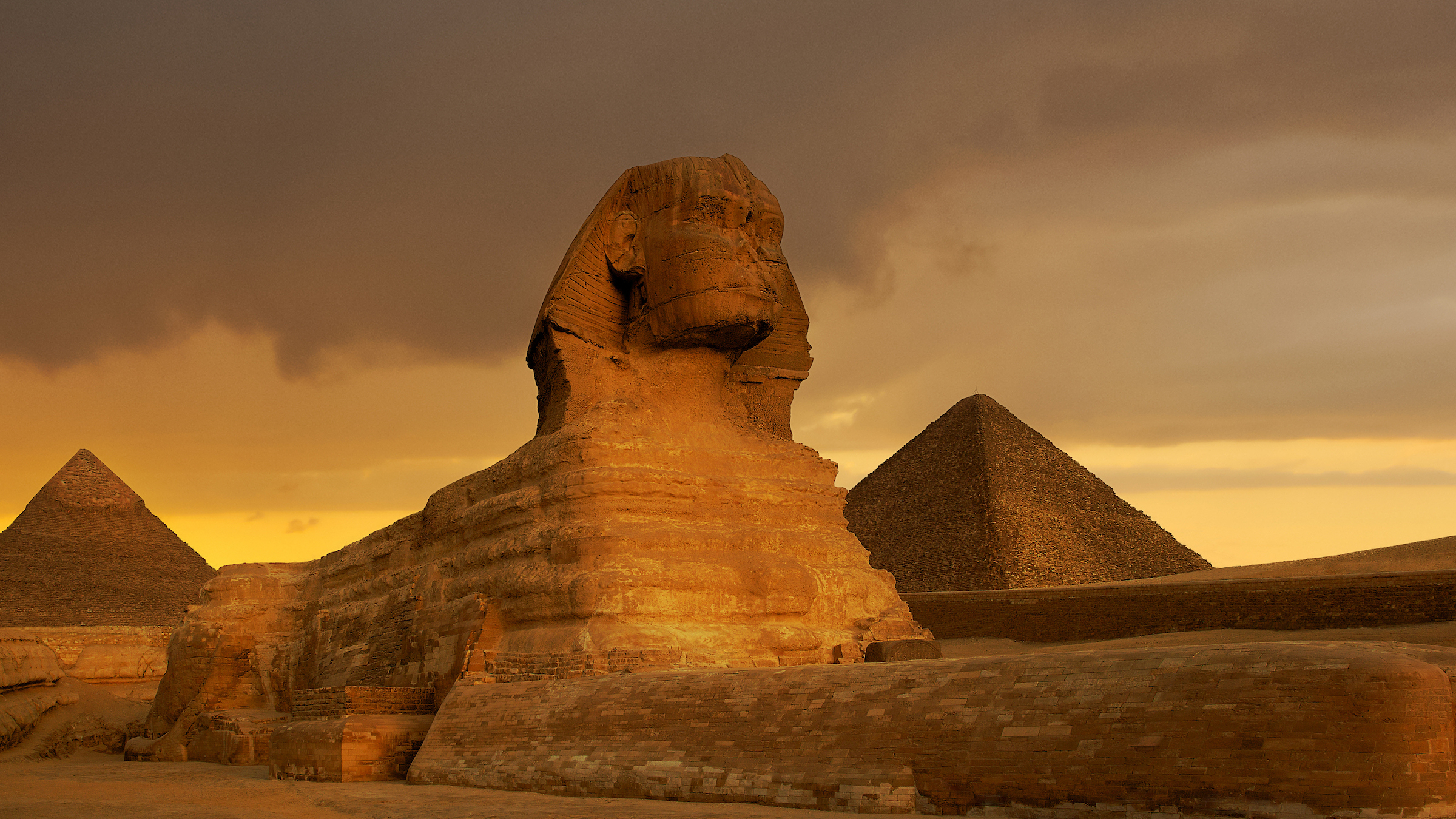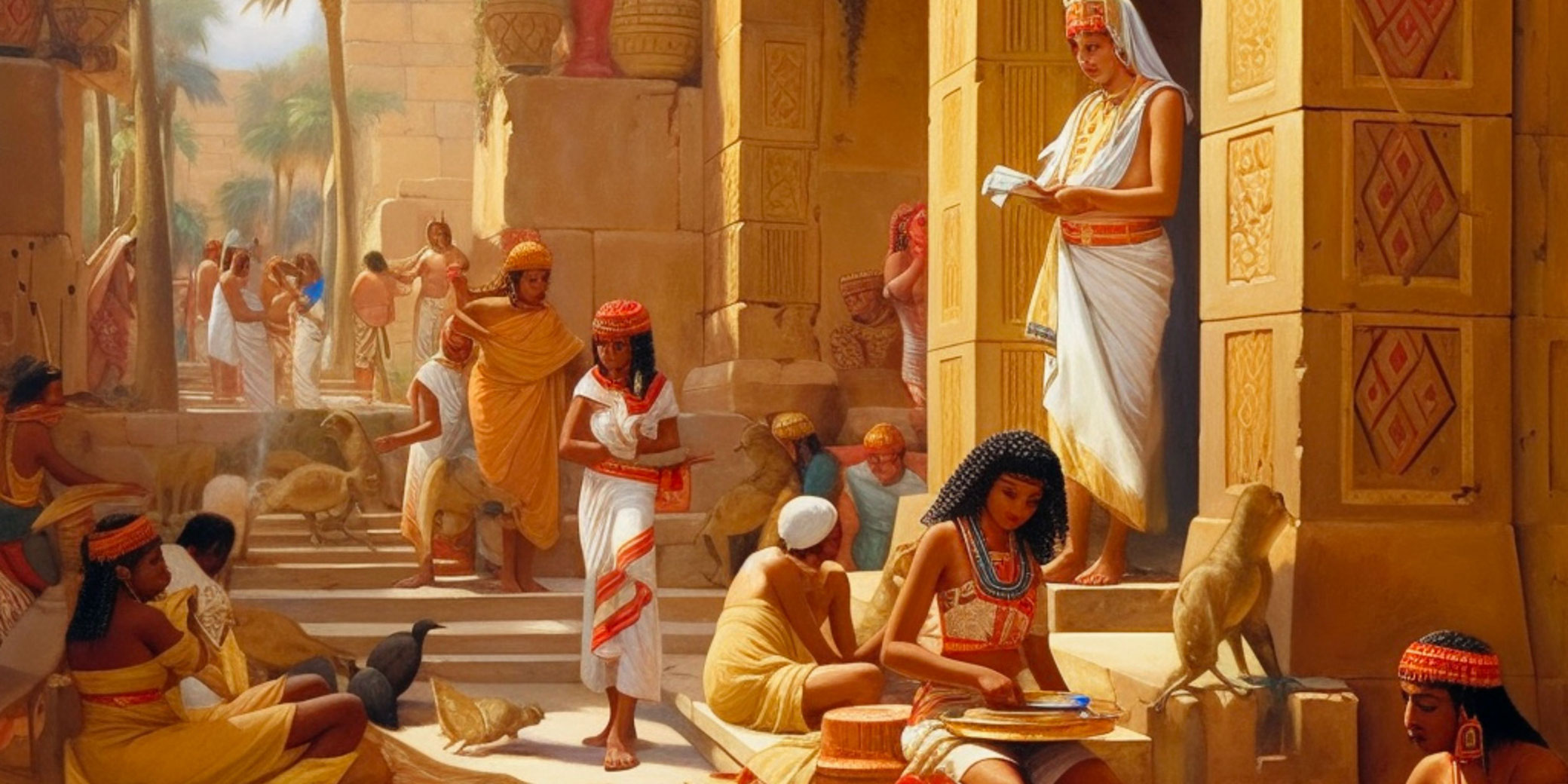
Ancient Egypt, one of the most fascinating and enduring civilizations in human history, flourished along the fertile banks of the Nile River for over three millennia. From its beginnings around 3100 BCE until its conquest by Alexander the Great in 332 BCE, Egypt produced a wealth of cultural, architectural, and intellectual achievements that continue to captivate scholars and the public alike. This article delves into the key aspects of Ancient Egypt, exploring its history, culture, achievements, and enduring legacy.

Contents
The Nile: Lifeline of Ancient Egypt
The Nile River was the lifeblood of Ancient Egypt, providing essential resources such as water, fertile soil, and transportation. Its annual inundation deposited rich silt along its banks, enabling agriculture to thrive. The Egyptians developed an intricate irrigation system to maximize agricultural productivity, supporting a stable and prosperous society.
Historical Periods
Ancient Egyptian history is divided into several periods, each marked by distinct political and cultural developments:
- Early Dynastic Period (c. 3100-2686 BCE): The unification of Upper and Lower Egypt by the first pharaoh, Narmer, set the stage for a centralized state. This period saw the establishment of key political and religious institutions.
- Old Kingdom (c. 2686-2181 BCE): Known as the “Age of the Pyramids,” this era produced the most famous pyramids, including the Great Pyramid of Giza. It was a time of strong centralized power and remarkable architectural achievements.
- Middle Kingdom (c. 2055-1650 BCE): Often considered a golden age, the Middle Kingdom was characterized by political stability, economic prosperity, and cultural flourishing. Literature and art reached new heights during this period.
- New Kingdom (c. 1550-1070 BCE): The New Kingdom marked the zenith of Egyptian power, with an empire extending into Nubia and the Near East. Famous pharaohs such as Hatshepsut, Akhenaten, Tutankhamun, and Ramses II ruled during this era, and monumental architecture, including the temples at Karnak and Abu Simbel, was constructed.
- Late Period (c. 664-332 BCE): A time of foreign invasions and internal strife, the Late Period saw the decline of Egyptian power. Despite this, significant cultural and artistic achievements continued until the Persian conquest and later, Alexander the Great’s arrival.
Religion and Mythology
Religion was central to Ancient Egyptian life, with a pantheon of gods and goddesses influencing all aspects of existence. The Egyptians believed in an afterlife, and this belief drove their elaborate burial practices and tomb constructions. Key deities included Ra (the sun god), Osiris (god of the afterlife), Isis (goddess of magic and motherhood), and Anubis (god of mummification).
The pharaoh was considered a living god, the intermediary between the gods and the people. This divine kingship reinforced the pharaoh’s absolute power and justified their monumental building projects.
Architectural Achievements
Ancient Egypt’s architectural achievements are among the most iconic in the world:

- Pyramids: The pyramids, particularly those at Giza, symbolize the architectural prowess of the Old Kingdom. These massive tombs were constructed to ensure the pharaoh’s safe passage to the afterlife.
- Temples: Temples such as Karnak, Luxor, and Abu Simbel were not only places of worship but also centers of economic and political power. They featured massive columns, obelisks, and intricate carvings that depicted religious rituals and the deeds of the pharaohs.
- Tombs: The Valley of the Kings contains richly decorated tombs of New Kingdom pharaohs. These tombs, hidden in the cliffs to protect against tomb robbers, were filled with treasures and artifacts for the deceased’s use in the afterlife.
Scientific and Cultural Contributions
Ancient Egypt made significant contributions to various fields:
- Writing: The development of hieroglyphics, a complex system of pictorial writing, enabled the recording of history, administrative records, and religious texts. The Rosetta Stone, discovered in 1799, was crucial in deciphering hieroglyphics.
- Medicine: Egyptian physicians were highly skilled and developed an extensive knowledge of anatomy, herbal medicine, and surgical techniques. Medical papyri, such as the Edwin Smith Papyrus, provide insights into their practices.
- Mathematics and Astronomy: Egyptians developed a calendar based on the lunar and solar cycles and made advancements in geometry and engineering, essential for constructing their monumental buildings.
Legacy
The legacy of Ancient Egypt endures in many aspects of modern culture. Its mythology and imagery continue to inspire art, literature, and popular culture. The preservation of artifacts and monuments has provided invaluable insights into ancient history and human civilization. Museums worldwide, including the Egyptian Museum in Cairo and the British Museum in London, house extensive collections of Egyptian antiquities.
Ancient Egypt’s remarkable achievements in architecture, religion, science, and culture have left an indelible mark on human history. The civilization’s ability to harness the resources of the Nile, combined with its innovative spirit, allowed it to flourish for millennia. As we continue to study and learn from Ancient Egypt, we gain a deeper appreciation for the ingenuity and resilience of one of the world’s greatest civilizations.
Pros and Cons of Ancient Egypt: A Balanced Perspective
Ancient Egypt, one of the most influential civilizations in human history, flourished for over three millennia along the fertile banks of the Nile River. Renowned for its monumental architecture, sophisticated culture, and scientific advancements, Ancient Egypt left an indelible mark on the world. However, like any civilization, it had its strengths situstoto and weaknesses. This article explores the pros and cons of Ancient Egypt, providing a balanced view of its achievements and limitations.

Pros of Ancient Egypt
1. Architectural and Engineering Marvels
Ancient Egypt is celebrated for its monumental architecture, including the pyramids, temples, and tombs. The Great Pyramid of Giza, one of the Seven Wonders of the Ancient World, exemplifies the Egyptians’ advanced engineering skills and remains a symbol of architectural brilliance. These structures were built with remarkable precision and have stood the test of time, showcasing the ingenuity and craftsmanship of the ancient Egyptians.
2. Innovations in Writing and Record-Keeping
The development of hieroglyphics, one of the earliest writing systems, was a significant achievement of Ancient Egypt. This complex system of pictorial writing enabled the recording of historical events, administrative records, and religious texts. The use of papyrus for documentation facilitated the preservation of knowledge, contributing to the administration and cultural continuity of the civilization.
3. Advancements in Medicine and Science
Ancient Egyptians made notable contributions to medicine and science. They practiced advanced medical techniques, including surgery, dentistry, and the use of medicinal plants. Medical papyri, such as the Edwin Smith Papyrus, provide evidence of their sophisticated understanding of anatomy and medical procedures. Additionally, their advancements in mathematics and astronomy were crucial for architectural planning and the development of a calendar system.
4. Rich Cultural and Religious Heritage
The rich cultural and religious heritage of Ancient Egypt influenced art, literature, and society. Their mythology, featuring gods like Ra, Osiris, and Isis, played a central role in their daily lives and afterlife beliefs. The intricate art and artifacts, from statues and paintings to jewelry and pottery, reflect the civilization’s aesthetic achievements and provide valuable insights into their culture and values.
5. Stable and Prosperous Society
The centralized political structure, with the pharaoh at its apex, provided stability and continuity for centuries. The efficient administration, combined with the agricultural productivity enabled by the Nile, supported a prosperous society capable of undertaking large-scale projects and fostering cultural development.
Cons of Ancient Egypt
Ancient Egyptian society was characterized by significant social inequality. The hierarchical structure placed the pharaoh and the elite at the top, while the majority of the population, including farmers, laborers, and slaves, had limited rights and freedoms. Slavery was an integral part of the economy, with slaves often being prisoners of war or individuals in debt.
2. Limited Technological Progress
Despite their remarkable achievements in certain areas, the technological progress of Ancient Egypt was relatively slow compared to some contemporary civilizations. Their reliance on manual labor and simple tools limited their ability to innovate and adapt to changing circumstances. For instance, while they excelled in stone construction, they did not develop advanced metallurgy to the same extent as other ancient cultures.
3. Rigid Bureaucracy
The highly centralized and bureaucratic nature of the Egyptian government, while providing stability, also led to rigidity and resistance to change. The complex administrative system could be slow and inefficient, hindering responsiveness to new ideas and external influences. This rigidity sometimes stifled innovation and adaptation, contributing to periods of decline.
4. Environmental Challenges
Ancient Egypt faced significant environmental challenges, including periodic droughts and over-reliance on the Nile’s flooding for agriculture. Environmental degradation, such as soil salinization due to irrigation, eventually affected agricultural productivity. These challenges, combined with political instability, contributed to the civilization’s vulnerability and periods of decline.
5. Isolation and Vulnerability to Invasion
Geographically, Egypt’s relative isolation by deserts and seas provided protection but also limited interaction with other advanced civilizations. This isolation sometimes led to a lack of exchange in technological and cultural advancements. Additionally, during periods of weakened central authority, Egypt became vulnerable to invasions by foreign powers such as the Hyksos, Assyrians, and Persians.
Conclusion
Ancient Egypt was a civilization of remarkable achievements and contributions to human history. Its architectural wonders, innovations in writing and medicine, rich cultural heritage, and stable society are testaments to its greatness. However, the civilization also faced significant challenges, including social inequality, environmental issues, and periods of stagnation and vulnerability. By examining both the pros and cons of Ancient Egypt, we gain a comprehensive understanding of its complexities and enduring legacy.
Read More Article About “Foodborne Illness: Causes, Symptoms, and Preven 2024“







